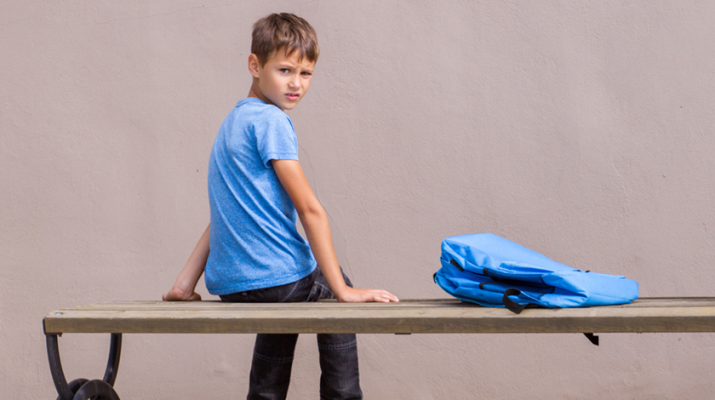A new academic year is always a challenge for some on the autism spectrum. But parents can take some steps to reduce the problem
By Deborah Jeanne Sergeant
 For some children on the autism spectrum, the change from summertime to school time represents a challenging ordeal.
For some children on the autism spectrum, the change from summertime to school time represents a challenging ordeal.
In general, children on the autism spectrum tend to rely upon predictability to feel more comfortable. New teachers, classmates, classrooms, books and more — all at once — can cause a good deal of distress for some.
Tracy Panzarella, director of clinical services at Autism Services, Inc. in Amherst, advises parents of children on the spectrum to plan ahead for a smoother transition back to school.
“Start establishing a routine prior to going back for either neuro-typical or kids on the spectrum,” Panzarella said. “Begin with a schedule in the evening, some predictability and talking about going back to school.”
She said that getting to bed and rising in the morning at the same times as if school were in session can be helpful, so once school does start, they’re already on the right schedule — and well rested.
It may also help to mark on a calendar a count-down until school starts, which can help children understand what’s happening. They can better visualize the upcoming school year as they mark off one day closer to school.
“Social stories can help,” Panzarella said. “Talk about any feelings they may have, discussing coping strategies, using check lists and practicing routines: all these help.”
For example, children need to think about what they would do in case of a fire drill, a missed bus or a forgotten lunchbox.
Buying all the school supplies and clothing well in advance can take the pressure off the week of school. Plus, children will be able to become more accustomed to their new things before school starts.
Panzarella also suggested showing photos from a yearbook, especially of the teachers. Reviewing their classmates’ faces can help remind them of their friends and good times waiting for them at school.
A few times before school begins, it may help to take a tour of the building, walking around to the classrooms, lunchroom, and bus pick-up and drop-off points. Recording the tour can help familiarize children before the first day. Make note of their bus number can help ensure they don’t miss their rides. Meeting new school personnel in advance or obtaining photos of them is also positive.
It may also ease the adjustment to avoid planning anything in the evening for the first few weeks of school so children can get more rest.
“Give them some sense of what to expect,” said Kristi P. Smith, licensed clinical social worker in private practice in Williamsville. “That is helpful as they like structure.”
Springing surprises on children — especially at an already stressful event such as going back to school — can only ramp up their anxiety even more.
Smith added that it can be very difficult for some children and teens on the spectrum to experience the change from set bedtimes and schedules in the school year to no schedule in the summer.
“It may help to be in a program throughout the summer and be consistent,” she said.
Even if it’s not an academic program but a day camp or other program, it keeps children in similar sleeping patterns and offers structure throughout the day.
Parental response to the back-to-school period also matters, so if parents worry about what their children will face, their children can pick up on that anxiety.
Remaining calm can help foster a sense of calm in their children, Smith said.

